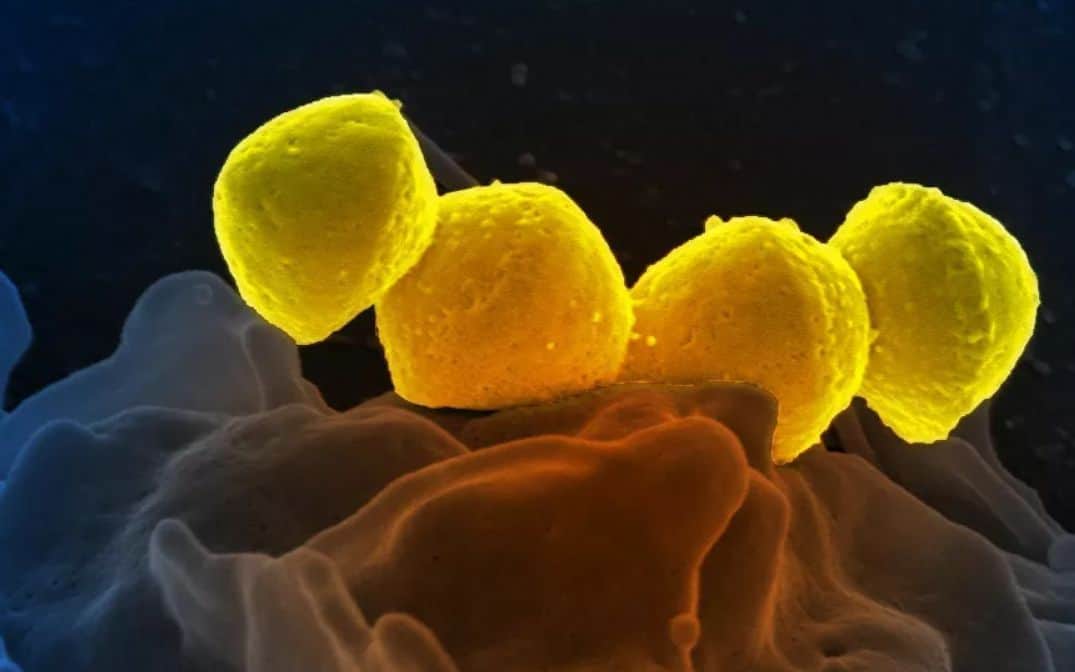Some infectious diseases are developing and some are making a comeback. This is the case with scarlet fever.
Eradicated by modern medicine, it was once one of the leading causes of death for children in the Western world.
However, in recent years there have been outbreaks in the United Kingdom and North-East Asia, something that should put us on alert.
The cause of the deadly pathogen’s resurgence is unknown. A new study has uncovered clues in the genome of one of the responsible bacterial strains, showing how complex the family tree of infectious diseases can be.
Scarlet fever is caused by group A streptococcus, or Streptococcus pyogenes. This ball-shaped microbe can produce toxic compounds called superantigens, capable of wreaking havoc inside the body. Results vary from mild illnesses such as pharyngitis to severe cases such as toxic shock that causes organ failure.
With the discovery of antibiotics, outbreaks can be easily managed before they get out of control. In the 1940s, the disease was on the verge of extinction. However, in recent years new cases have been detected in several countries around the world.
“After 2011, the global reach of the pandemic became evident with reports of a second outbreak in the UK, beginning in 2014, and we’ve now discovered outbreak isolates here in Australia,” says the molecular biologist at the University of Queensland, Stephan Brouwer.
“This global re-emergence of scarlet fever has caused a more than five-fold increase in disease rate and more than 600,000 cases around the world,” he explained.
Come back of Scarlet Fever
The international team of researchers, led by Brouwer, managed to characterize a variety of superantigens produced by a particular strain from Northeast Asia.
Among them was a type of superantigen that appears to give bacterial invaders an ingenious new way of accessing the interior of host cells, something never seen before among bacteria.
In this way, new outbreaks are caused by new strains of group A streptococci that evolved during natural selection.
Another study suggested that this strain of bacteria managed to evolve due to its own infection with a type of virus called phage.
“The toxins would have been transferred into the bacterium when it was infected by viruses that carried the toxin genes,” says bioscientist Mark Walker, the study’s co-author.
“We’ve shown that these acquired toxins allow Streptococcus pyogenes to better colonise its host, which likely allows it to out-compete other strains,” he explained.
In a process known as horizontal gene transfer, a gene that evolved in a microbe can be incorporated into the genome of a virus and edited in the DNA of a new host, creating a kind of clone of the original. It is a quick and practical way for single-celled microbes to adapt.
In this case, it has helped a less serious strain of bacteria develop a weapon that makes it as worrisome as its vanquished ancestor.
When the researchers used gene editing to inactivate the acquired superantigen, the strains lost their ability to colonize the animal models used to test the virulence of the bacteria, proving their hypothesis.
The researchers highlighted the importance of developing a vaccine to eradicate scarlet fever.
The research was published in the journal Nature Communications.
